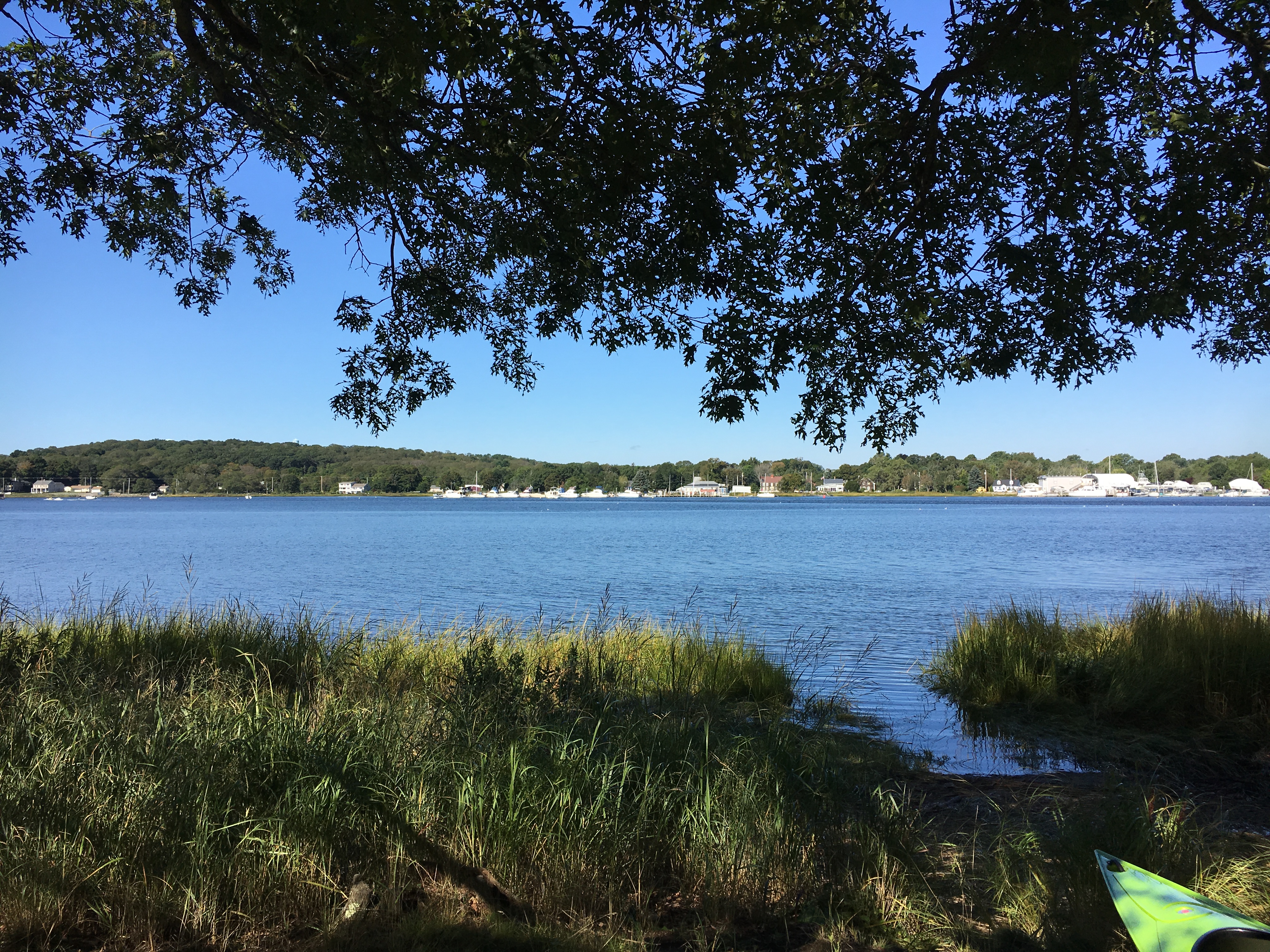 Healthy, intact natural systems provide multiple benefits to the challenges posed by climate change. For example, forests and wetlands sequester and store carbon dioxide, helping to limit global warming. At the same time, these natural systems also enhance watershed resiliency by protecting biodiversity and limiting water pollution and flooding from heavy precipitation events.
Healthy, intact natural systems provide multiple benefits to the challenges posed by climate change. For example, forests and wetlands sequester and store carbon dioxide, helping to limit global warming. At the same time, these natural systems also enhance watershed resiliency by protecting biodiversity and limiting water pollution and flooding from heavy precipitation events.
Nature-based approaches to climate change adaptation can provide significant cost savings as compared to gray infrastructure solutions such as engineered flood control structures. This approach to strategic conservation planning, known as green infrastructure, has gained momentum over the last few years because of its lasting economic, social and environmental benefits.
Manomet is working with a consortium of nonprofit and governmental organizations in the Taunton River Watershed in Massachusetts to map green infrastructure resources, develop case studies that highlight the multiple benefits associated with protection of these features, and create an associated training program for localities in the Watershed.
Manomet is leading the first part of the project—the analysis and mapping of green infrastructure resources in the Watershed. The Southeast Region Planning and Economic Development District (SRPEDD) will lead the development of the case studies, and Mass Audubon will lead the development of the educational curriculum. The training program will teach local officials how to use the newly developed tools and information to facilitate local planning and implementation of green infrastructure and low impact development features that link to the watershed-wide network.
The team working on this EPA-funded effort is a subset of the Resilient Taunton Watershed Network (RTWN). RTWN, with membership including federal, state and regional governmental organizations, educational institutions, and nonprofit organizations, has been working together over the last several years to foster enhanced understanding and application of nature-based approaches to watershed planning.
While almost every region could benefit from nature-based planning, there are a couple factors that make Taunton a prime location for this type of investment.
First, the natural landscape is threatened, but still intact. From 2005 to 2013, Taunton experienced the most development of any Massachusetts watershed. And while over 60% of the watershed is underdeveloped, only 15% of the land is protected.
Second, the region is a hot spot for species diversity. The longest free-flowing river in New England, Taunton River is home to more than 154 species of birds, 29 native species of fish, and is part of the region’s largest herring run.
Third, the area is vulnerable to climate-related threats, like flooding, and the community could benefit from limiting the amount of funds put towards gray infrastructure projects.
“This project has the potential to make a huge difference both at the regional and local scales,” explained Manomet Senior Program Leader Eric Walberg. “By working directly with municipal officials, we are able to share knowledge and experience to help guide decisions about the future of local planning in the broader context of watershed resiliency. We hope that in the end, this knowledge will benefit the natural and economic vitality of the Taunton Watershed.”





 Back to all
Back to all